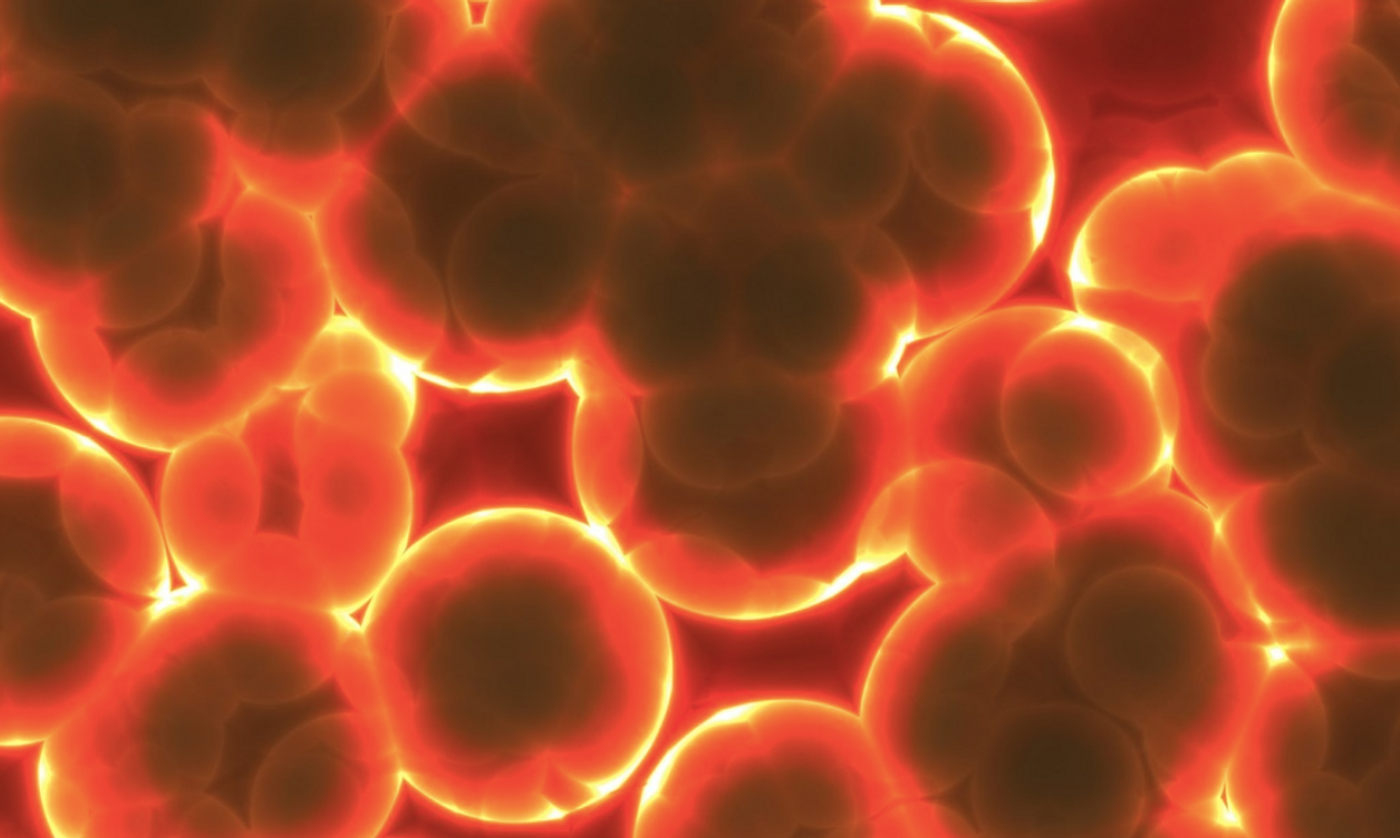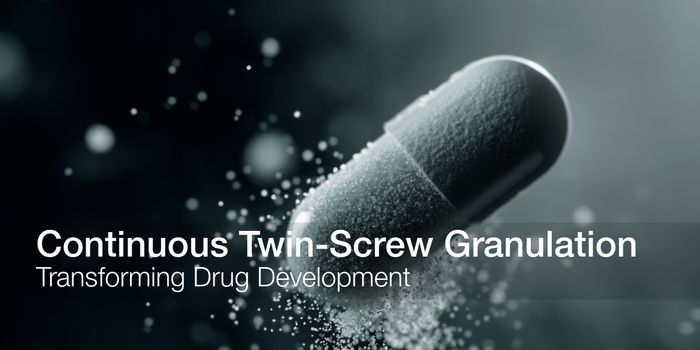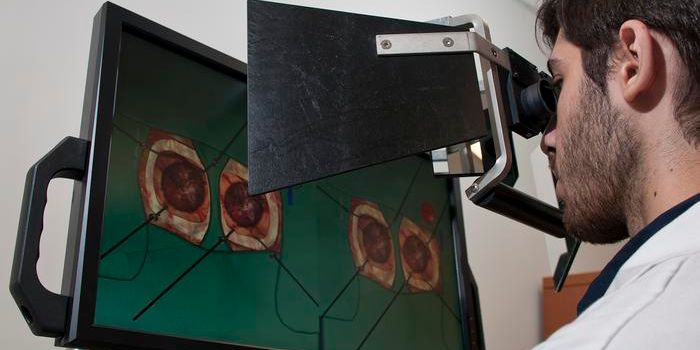A Fast & Inexpensive Method for Detecting Antibiotic Resistance
Bacteria are everywhere, and while many are harmless and some are even beneficial, pathogenic bacteria present an increasing threat to human health. Antibiotic resistance is becoming a major problem, and many common antibiotics are no longer able to knock out tenacious infections. Some experts have suggested that antibiotic resistance could kill as many as ten million people every year by 2050, and these dangerous germs are already responsible for the deaths of about 1.3 million people annually.
Treating bacterial infections can be challenging for clinicians, who may have to prescribe different antibiotics to a patient before they find the one that is effective. Testing can help narrow down the list of potential treatments by identifying the microbe causing the infection, and determining whether it is resistant to various drugs. But these tests can be time consuming and expensive.
Reporting in the Proceedings of the National Academy of Sciences, researchers have now developed a new technique for antibiotic sensitivity testing (AST). Typical AST methods can require lengthy incubation times of a day or more while a scientist waits for microbes to grow under their normal growth rate. Faster methods often require complex procedures and costly equipment.
In this new approach, AST can be done at the single-cell level without needing to apply labels to bacteria. A conventional microscope is combined with a camera, even one on a mobile phone, and software that can analyze the data. It is called optical nanomotion detection (ONMD). The camera monitors vibrations in individual bacterial cells at the nanoscale, identifying when they transition from life to death, while single cells are exposed to various antibiotics. It can also show when some changes in bacterial metabolism are occurring.
The study authors contend that these microscopic oscillations, or nanomotions of the cells are "signatures of life" that can be used for AST. Cells will make nanomotions while alive, but they cease as soon at the cell dies. A movie of a microbe can be taken while it is exposed to an antibiotic, and the nanomotion is recorded and assessed. The researchers showed that with this method, it takes only two hours to determine whether bacteria like Escherichia coli, Staphylococcus aureus, Lactobacillus rhamnosus, and Mycobacterium smegmatis are sensitive to ampicillin, doxycycline, streptomycin, and vancomycin antibiotics.
"Our technique is not only faster but also simpler and much cheaper than all those existing now," noted study co-leader Professor Ronnie Willaert of Vrije Universiteit Brussel
Sources: Ecole Polytechnique Federale de Lausanne (EPFL), Proceedings of the National Academy of Sciences (PNAS)










